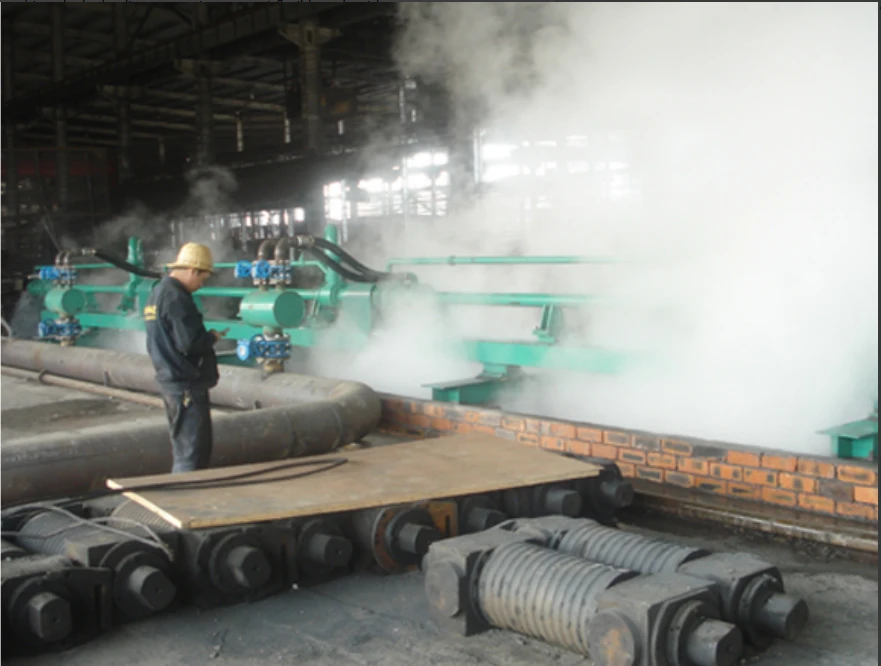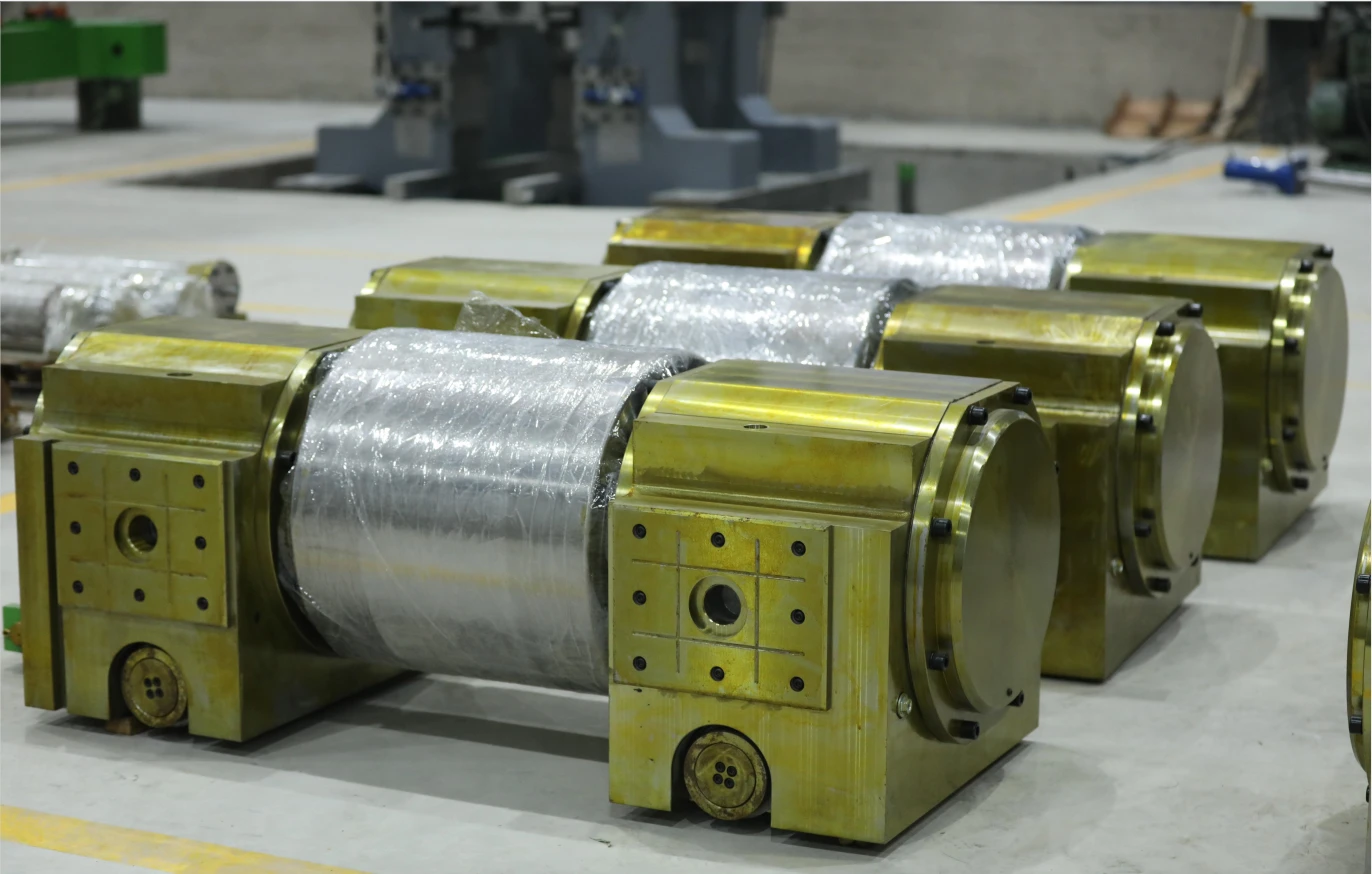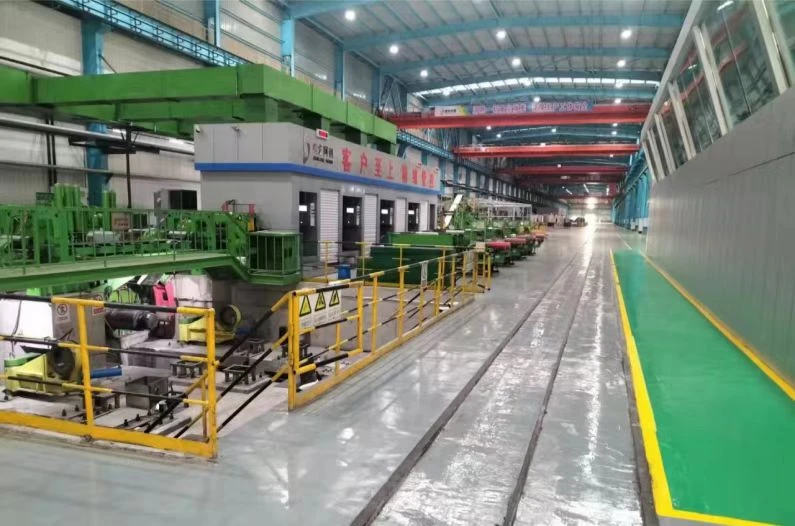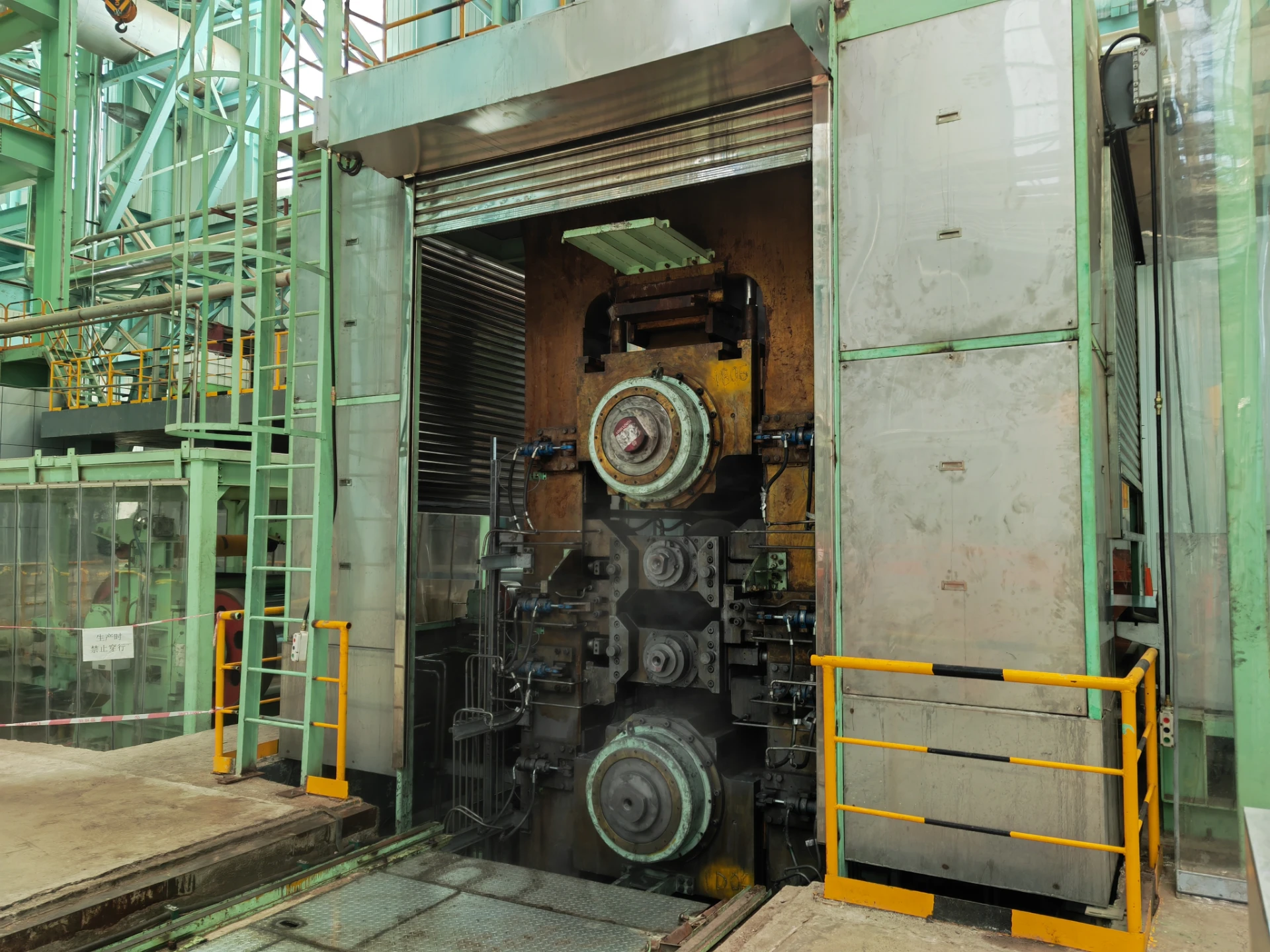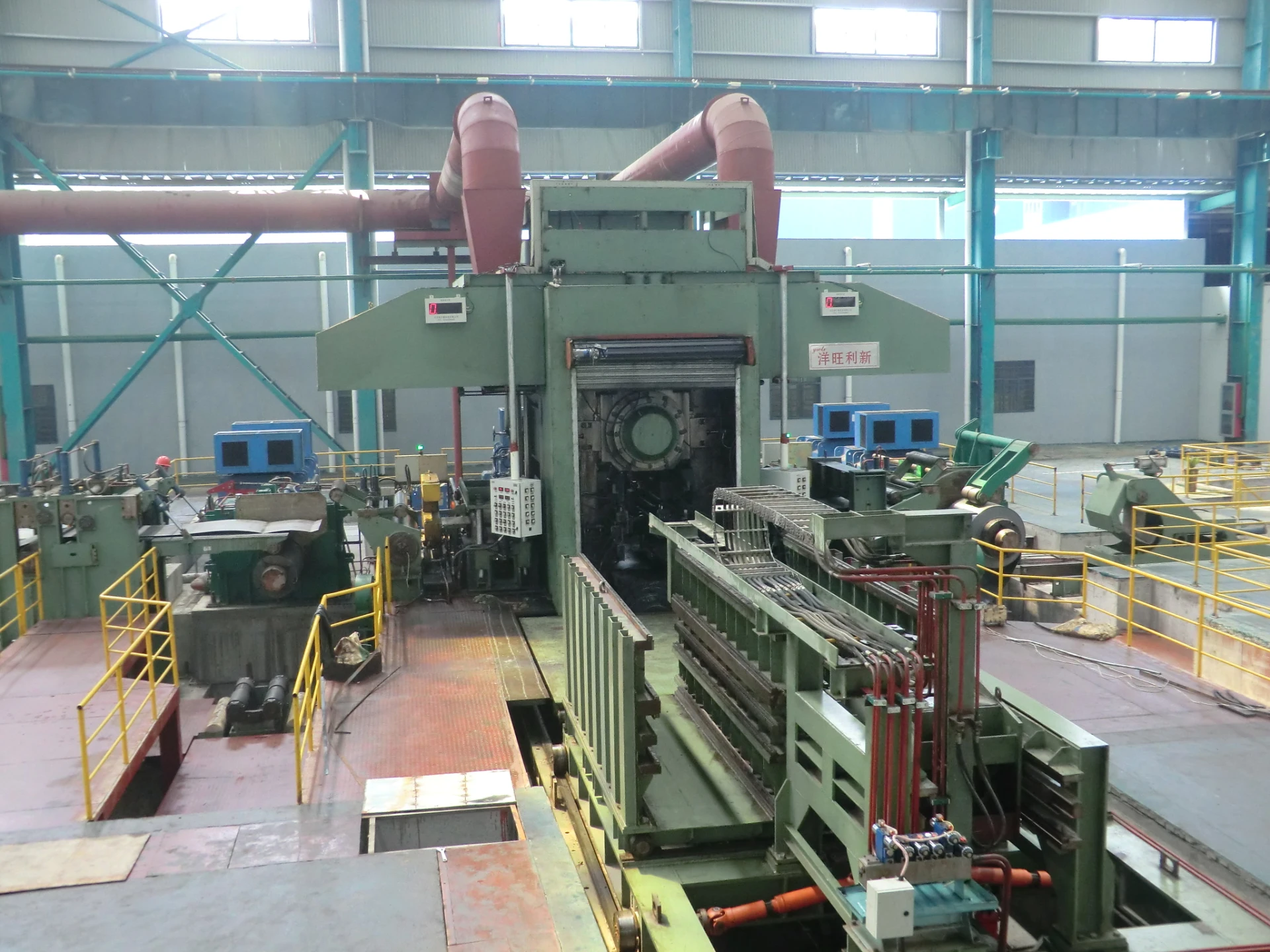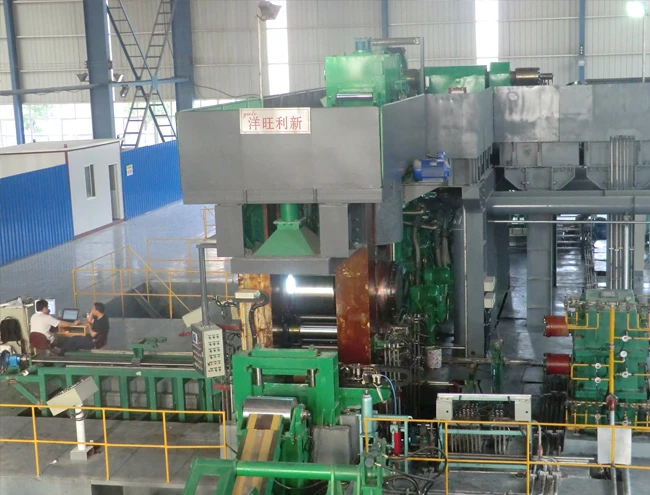
The Role of Tandem Cold Mills in Achieving Ultra-Thin Gauge Steel
The manufacturing of ultra-thin gauge steel represents one of the most demanding challenges in modern metallurgy, requiring precision engineering at an industrial scale. Tandem cold rolling mills have emerged as the premier solution for producing steel sheets with thicknesses below 0.5mm while maintaining exceptional flatness, surface quality, and mechanical properties. Unlike traditional single-stand mills, a tandem cold mill employs multiple rolling stands arranged in sequence, allowing for progressive thickness reduction in a single continuous pass. This configuration, combined with advanced tandem cold metal rolling mill control systems, enables manufacturers to achieve tolerances as tight as ±1 micron—a necessity for high-tech applications in electronics, automotive, and precision engineering.
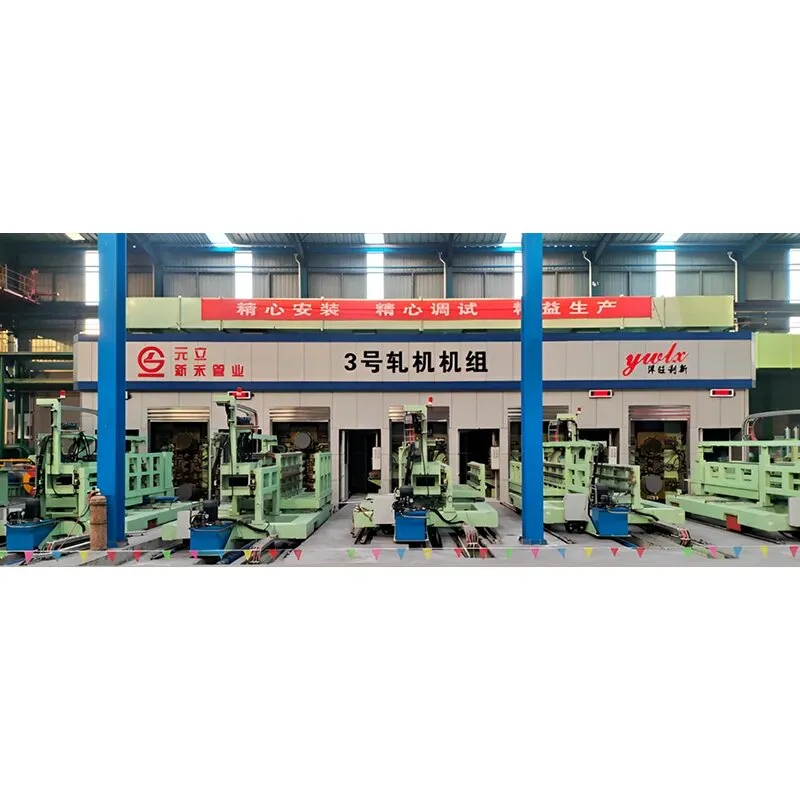
The Engineering Principles Behind Tandem Cold Rolling Mills
At the heart of ultra-thin steel production lies the sophisticated mechanics of tandem cold rolling mills. These systems typically consist of four to seven rolling stands arranged in series, each applying controlled pressure to progressively reduce the steel strip's thickness. The process begins with the entry of a hot-rolled pickled coil, which first undergoes cleaning and edge trimming before entering the mill. As the steel passes through each stand, the tandem cold metal rolling mill control system precisely adjusts roll gaps, rolling forces, and interstand tensions to ensure uniform deformation across the entire strip length.
One of the defining characteristics of a modern tandem cold mill is its ability to maintain consistent strip tension between stands. Excessive tension can lead to strip breakage—a critical concern when processing ultra-thin gauges—while insufficient tension causes buckling and shape defects. Advanced hydraulic screw-down systems and dynamic tension regulators work in concert to maintain optimal conditions throughout the rolling process. Furthermore, the use of work roll bending and intermediate roll shifting in continuous rolling mills allows for real-time correction of flatness deviations, ensuring the final product meets exacting flatness standards.
The metallurgical effects of cold rolling in a tandem rolling mill are equally significant. As the steel undergoes severe plastic deformation, its grain structure becomes elongated and work-hardened. While this increases strength, it reduces ductility—a trade-off that necessitates precise annealing controls in post-rolling processes. Modern mills integrate inline annealing capabilities or are coupled with continuous annealing lines to restore formability without compromising the achieved dimensional precision.
Tandem Cold Rolling Mills: Material Science Considerations for Ultra-Thin Steel Production
The successful production of ultra-thin gauge steel in tandem cold rolling mills requires careful consideration of material behavior under extreme deformation conditions. As thickness reductions exceed 80-90% from the initial hot-rolled coil, the steel undergoes unique metallurgical transformations that must be properly managed to ensure final product quality.
One critical challenge in tandem cold mill operations is maintaining uniform deformation across the strip width. At ultra-thin gauges, even minor variations in roll gap geometry can lead to significant differences in reduction percentages from edge to center. This non-uniform deformation can induce residual stresses that manifest as shape defects in the final product. Modern continuous rolling mills address this through advanced roll grinding techniques that create precisely calculated barrel and chamfer profiles, optimized for specific thickness ranges and material grades.
The selection of appropriate work roll materials represents another crucial factor in tandem rolling mill performance for ultra-thin products. High-speed steel (HSS) rolls with superior wear resistance have largely replaced traditional forged steel rolls in critical stands, particularly when rolling high-strength steels. The development of nanostructured roll materials with enhanced surface integrity has further extended roll life while maintaining consistent surface finish across production campaigns.
Lubrication technology has also evolved to meet the demands of ultra-thin steel production. The extreme pressures encountered in final stands of a tandem cold mill require lubricants with carefully balanced viscosity and extreme pressure (EP) additives. Emulsion systems must maintain stable oil droplet size distributions to ensure consistent lubricating film formation, while advanced filtration systems remove wear particles that could imprint on the steel surface. The latest generation of biodegradable rolling oils has demonstrated particular effectiveness in high-reduction rolling of ultra-thin gauges, combining environmental benefits with superior performance.
Future Directions in Tandem Cold Rolling Technology
As industrial demands evolve, tandem cold rolling mills continue to undergo technological transformations that expand their capabilities in ultra-thin steel production. One promising development area involves the integration of artificial intelligence throughout the rolling process. Machine learning algorithms trained on vast operational datasets can optimize rolling schedules in real-time, adjusting parameters to accommodate subtle variations in incoming material properties. These AI systems show particular promise in reducing the transition time between different product grades in continuous rolling mills, minimizing scrap generation during product changeovers.
Another frontier lies in the development of hybrid rolling systems that combine conventional tandem rolling mill technology with innovative deformation methods. Some manufacturers experiment with integrating small-diameter rolls in final stands to achieve even greater reductions without excessive work hardening. Others explore the combination of cold rolling with severe plastic deformation techniques like accumulative roll bonding to produce ultra-thin sheets with unique grain structures and enhanced properties.
Sustainability considerations are also shaping the future of tandem cold mill operations. Energy recovery systems now capture and reuse the substantial braking energy generated during mill deceleration, while advanced heat exchangers recover thermal energy from rolling coolant systems. The development of dry or near-dry rolling processes aims to significantly reduce lubricant consumption without compromising product quality—a particularly challenging proposition for ultra-thin gauge production where lubrication is critical.
Looking ahead, the ongoing miniaturization trend across multiple industries ensures that tandem cold rolling mills will remain essential manufacturing tools. As specifications become ever more stringent—with some applications calling for sub-20μm steel foils—rolling technology must continue advancing to meet these challenges. The next generation of mills will likely incorporate even more sophisticated sensing and control capabilities, blurring the line between mechanical processing and precision instrumentation.
The Indispensable Role of Tandem Cold Mills in Modern Manufacturing
The production of ultra-thin gauge steel stands as a testament to the remarkable capabilities of modern tandem cold rolling mills. These complex systems combine mechanical precision, advanced materials, and cutting-edge control technologies to achieve what was once considered impossible in metal manufacturing. From the sophisticated tandem cold metal rolling mill control systems that maintain micrometer-level tolerances to the innovative material solutions that enable extreme reductions, every aspect of these mills has been optimized for the challenges of ultra-thin production.
As industries continue to demand thinner, stronger, and more specialized steel products, continuous rolling mills will remain at the forefront of manufacturing innovation. Their ability to combine high-volume production with exceptional precision makes them irreplaceable in today's industrial landscape. The ongoing evolution of tandem rolling mill technology—driven by digitalization, advanced materials, and sustainability imperatives—ensures that these systems will continue to push the boundaries of what's possible in steel manufacturing for years to come.
Whether enabling the next generation of flexible electronics, powering the transition to electric mobility, or supporting advancements in sustainable packaging, tandem cold mills have proven themselves as indispensable tools in modern manufacturing. Their role in achieving ultra-thin gauge steel exemplifies how industrial innovation can create entirely new material possibilities, transforming entire industries in the process.
-
Indian Clients Visit YWLX to Inspect Skin-pass MillNewsJun.22,2025
-
Typical Products from Reversing Cold Rolling ProcessNewsMay.26,2025
-
Surface Finish Improvement through Skin Pass RollingNewsMay.26,2025
-
Integration of AGC Systems in Modern Cold Rolling MillsNewsMay.26,2025
-
Cold Rolling in the Context of High-Strength Steel DemandNewsMay.26,2025
-
AGC in Hot Rolling Mills: Challenges and SolutionsNewsMay.26,2025
-
Why Reversing Cold Rolling Mills Are Ideal for Specialty MetalsNewsMay.13,2025




